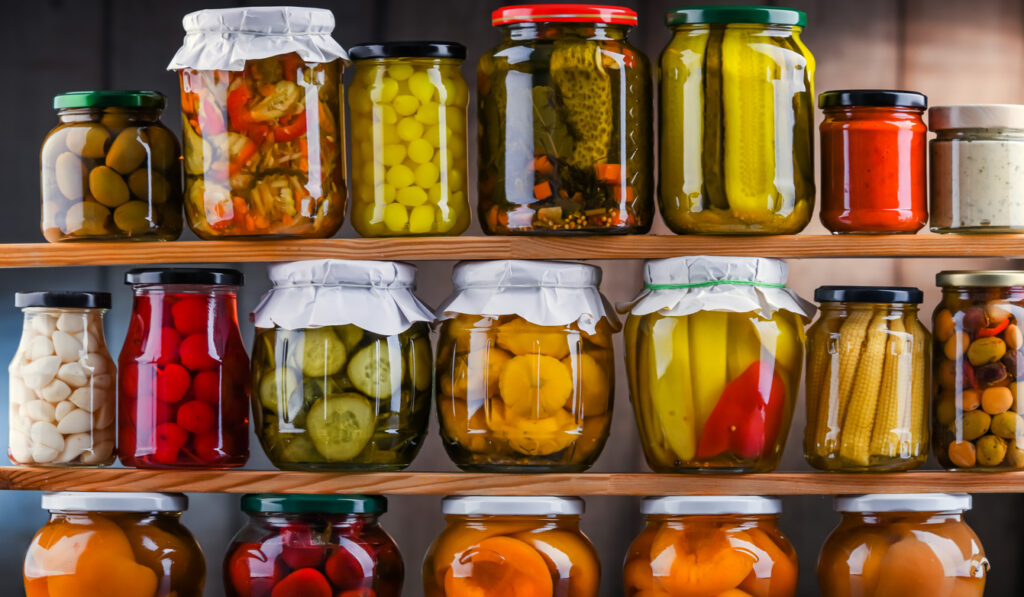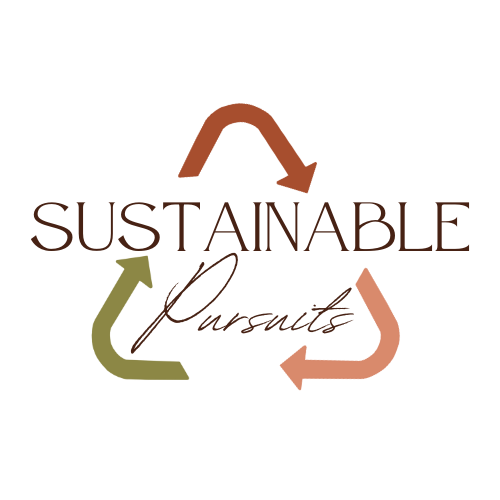The focus of this month’s plastic-free challenge is to use alternatives for plastic wrap and bags. Some of the alternatives on the market are beeswax wrap, silicone pouches, lids, cloth bowl covers, and metal or glass containers. I’ve used some of these to varying degrees but I want to know the best way to use them and how they all compare to plastic. Not just to cut down on my plastic usage but to know which alternatives are the best investment for my budget.
But first, a bit of history about plastic wrap
Plastic was first invented near the end of the 1800s but was a rigid type of plastic used to replace ivory. The plastics in today’s packaging consist of 7 different categories. These are based on the plastics’ chemical composition and reflect the numbers on the plastic containers. Plastic cling wrap was originally made from Polyvinylidene Chloride (PVDC) and was discovered and developed in the 1930s by DOW Chemical. Nowadays plastic cling wrap is made with polyethylene (resin #4) due to environmental concerns with PVDC. Source (https://www.shilohplastics.com.au/history-of-plastic/).
So what did people use before cling wrap? From last month’s challenge and learning how breads used to be packaged, cellophane and waxed paper were the standard packaging back in the day. Along with cloth (such as bread bags) to help protect and transport food.
Now a bit about plastic wrap alternatives
To be clear, the way people used to store leftovers is a whole different subject than long-term food preservation methods. So, I’ll start this section off with a quote from the book, Forgotten Ways for Modern Days* regarding storing leftovers:
“Our grannies would have used simple waxed paper or cloth wraps, but food wasn’t expected to hang around for too long in a time when shopping every day was the norm.” – Rachel Blondel

Beeswax wrap
We already covered a bit about the beeswax wrap in last week’s article, but let’s go into some more detail. Today beeswax wrap can be purchased online and in most bulk food and zero-waste stores. I’ve even seen them in kitchen/gift stores and found homemade versions at the farmers market. So, the wraps are easily available. Beeswax wraps are basically a piece of cloth that’s been “soaked” in beeswax plus a few other natural oils. The wax provides a natural, breathable, moldable, protective barrier for foods. The heat from your hands makes it adhere to itself or the bowl/plate you might be trying to cover.
Personally, the beeswax isn’t my favorite to work with but I’ll go over that in more detail next week. Also, one of the reasons for this month’s challenge is to make sure I’m using the alternatives properly, so I want to give the wraps at least another week of observation.
Silicone
Let’s move on to the silicone pouches and covers. Silicone is made from carbon, hydrogen, oxygen, and silicon. It is versatile like plastic but has the added benefit of being heat resistant. Because it’s heat resistant you can put it in the microwave, dishwasher, and oven. It’s also a flexible material designed to be reused, unlike plastic bags. Silicone acts as a replacement for plastic bags and cling wrap. When you need to save a portion of fruits or veggies you can use a silicone food cover instead of plastic wrap. There are also silicone lids for bowls.
Check out this chart by eco lunchboxes that compares silicone to plastic.
Cloth covers
Another plastic wrap alternative that I really like is cloth bowl covers. These can be purchased or homemade, with regular cotton or laminated fabric. The laminated fabric works well for covering leftovers. I just found a company that uses a biodegradable lining for their laminated fabric. Making me like this option even more! On that note, I’ve learned from experience that not all fabric bowl covers are made the same. Some are water resistant, some aren’t, some can go in the washing machine, some can’t. But all cloth bags and covers have the benefit of being a reusable and flexible food barrier.
Why we should use alternatives to plastic wrap
The goal of all these plastic-free challenges is to reduce dependency on single-use plastics. Plastics are not biodegradable and break down into ever smaller forms of plastic that can persist for centuries in the environment. Aquatic life can mistake plastic bags for food causing death. From a logistical perspective, single-use plastics place an unnecessary strain on natural resources and waste disposal systems. So there are lots of good reasons to find plastic alternatives. Source (https://www.epa.gov/plastics/impacts-plastic-pollution).
I know I’m not saying anything about the health implications of the chemicals that plastic leach into our foods. That’s mostly because I’m not ready to give up my reusable plastic containers yet. I’ve noticed though, that in reducing my single-use plastics I am naturally starting to phase out other plastics as well. I’m also careful to not heat anything in the plastic containers and to use them mostly for dry and cold food storage.
Thoughts about switching to the alternatives
In the effort to reduce single-use plastics, I personally think this month’s challenge is one of the easier commitments to stick with. It requires changing the products used more than changing any habits. Although a bit more effort is needed for some of the alternatives, such as cleaning. And many of these alternatives do have more of an upfront cost. While some of these plastic wrap alternatives harken back to the old days some are newer materials but all of them are viable options. It’s just a question of what will work best for your lifestyle and budget.
Which of these plastic wrap alternatives have you tried? Let me know in the comments below!
Note: I will only recommend products that I personally use and love and hope can be of benefit to others in their sustainable journeys. (*) indicates an affiliate link where Sustainable Pursuits llc may receive a small compensation for product recommendations. This helps to support Sustainable Pursuits llc and my ability to share these experiences with you!

